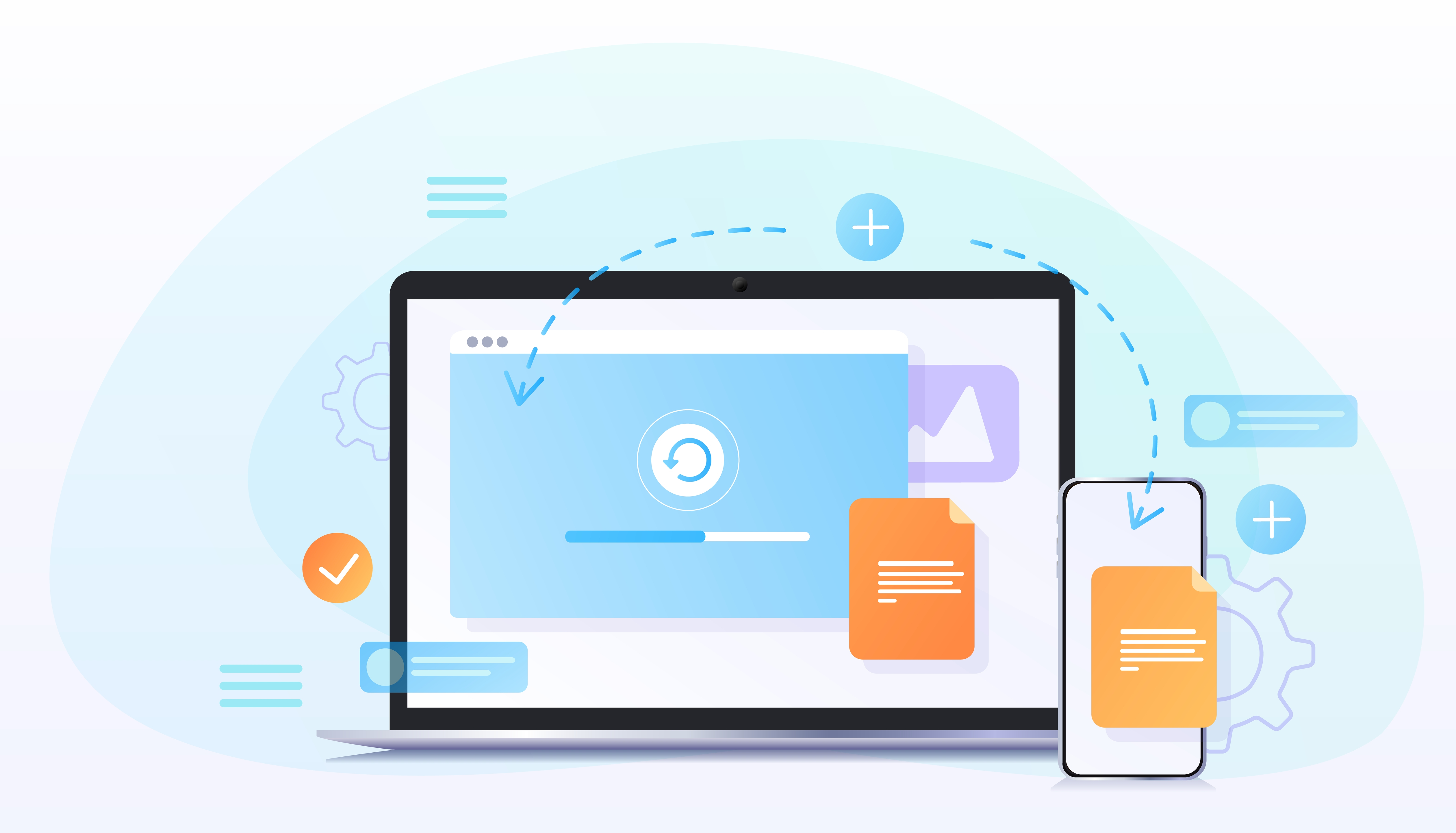Analyze user behavior patterns
Use tools like Google Analytics, Hotjar, Lucky Orange and LogRocket to understand where your customers spend most of their time when they're browsing your website. What CTAs do they click on, and at what point do they bounce from your website without making a purchase? Use this data to identify potential problem areas on your site and make changes to convert customers before they leave your website.
Enhance content and copywriting
Ensure your website clearly defines your unique selling proposition (USP). Answer your customers' questions before they even have to ask: What is the product/service? What problem does it solve? Why should I purchase/use it? Example: "Mulberry's premium product protection platform is designed for busy retailers who need a comprehensive, easy-to-implement solution to offer extended warranty plans to their customers."
The headline is often the first thing that visitors see. Ensure it is catchy, applicable and suggests the benefits of your product or service. Sub-headlines can also persuade visitors to continue browsing after you grab their attention with the headline. Many customers will be scrolling your website on their mobile device, so you have limited real estate (and time) to capture their attention.
Platforms like Shopify, Magento and BigCommerce make it easy for retailers to launch and maintain an ecommerce website with advanced design tools, plug-ins and apps. If you're a Shopify retailer, you can offer Mulberry protection plans on your site in just a few simple steps. Install the Mulberry Shopify app - then follow the prompts to create your Mulberry account and activate product protection offers on your website.
Leverage captivating visual elements
Visually appealing and relevant images or videos grab customers' attention and help to explain your product or service, without forcing your visitors to read lengthy descriptions. Infographics can be a great way to break down complex information or instructions in a simple, understandable manner. Consider using an infographic to show customers how easy it is to build or set up your product.
If your product or service boasts unique features in comparison to competitors, highlight your value proposition using comparative charts or graphs. Helping your customers to visualize the advantages of your product/service can speed their decision-making process.
Strategically place CTA buttons
CTA (Call to Action) buttons should be clearly visible, persuasive, and action-oriented. CTAs can be one of the easiest elements to test and optimize on your website - everything from the color to the text on the buttons can have an impact on your customer engagement and conversion. Use contrasting colors to ensure your buttons stand out from your website background. The text on the CTA should be clear and prompt action.
Foster trust with your customers
Testimonials and reviews from satisfied customers are the best social proof of your product’s worth and help tremendously in convincing new visitors to purchase from you. Let your customers spread the word about how great your product or service is so you don't have to.
Trust seals or badges from renowned security organizations like PayPal, Verisign, and McAfee let your visitors know the checkout process on your website is safe and secure. There are also badges for things like money-back guarantees, free shipping, third-party endorsements like Amazon - check out this article for more information on trustworthy badges you may want to consider for your ecommerce website.
These are a few simple checks and balances you can use to ensure your website is set up for success. Remember, it takes continued optimization and testing to maintain superior performance and conversion rates on your website to attract high-paying customers and maximize your revenue and profitability.






